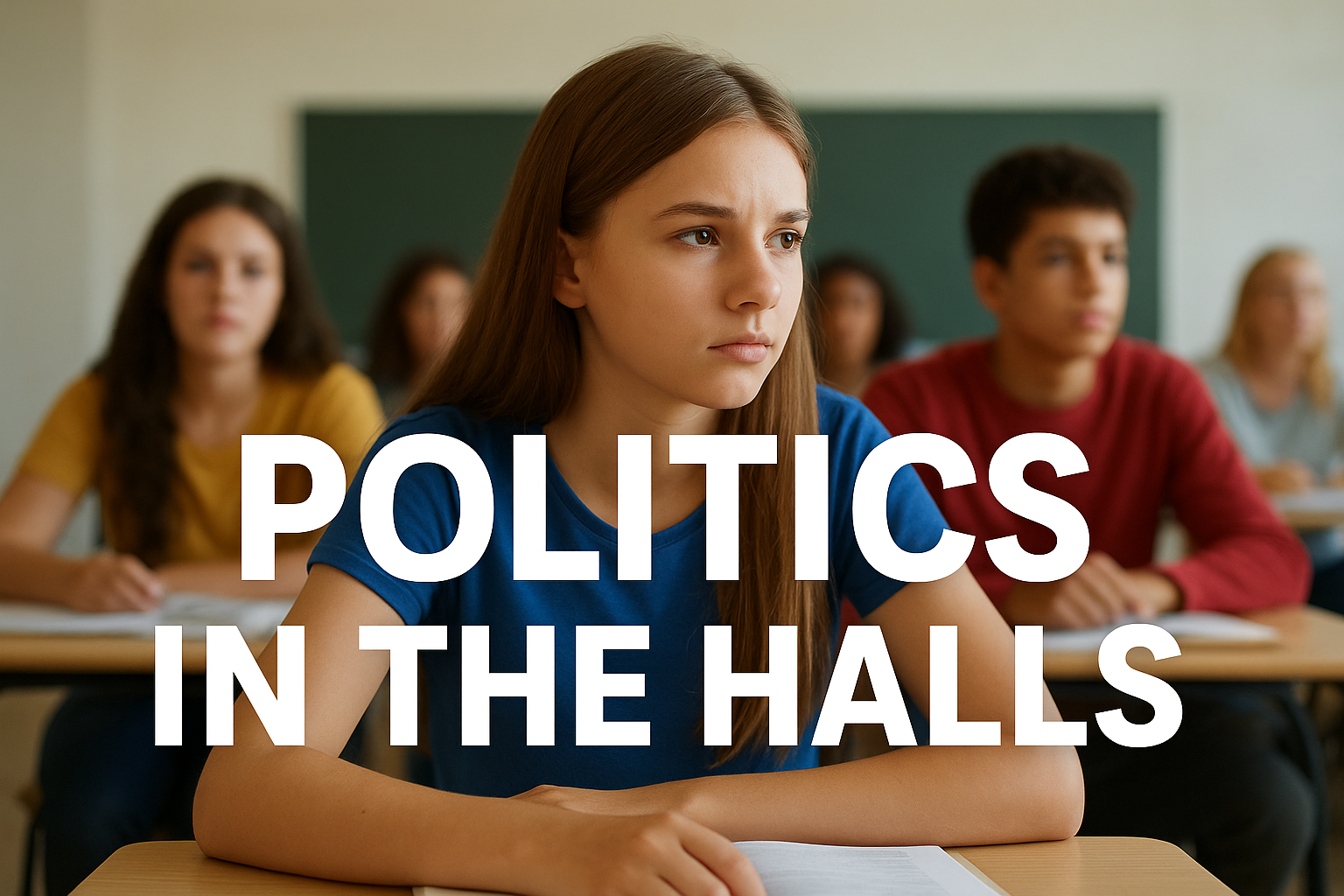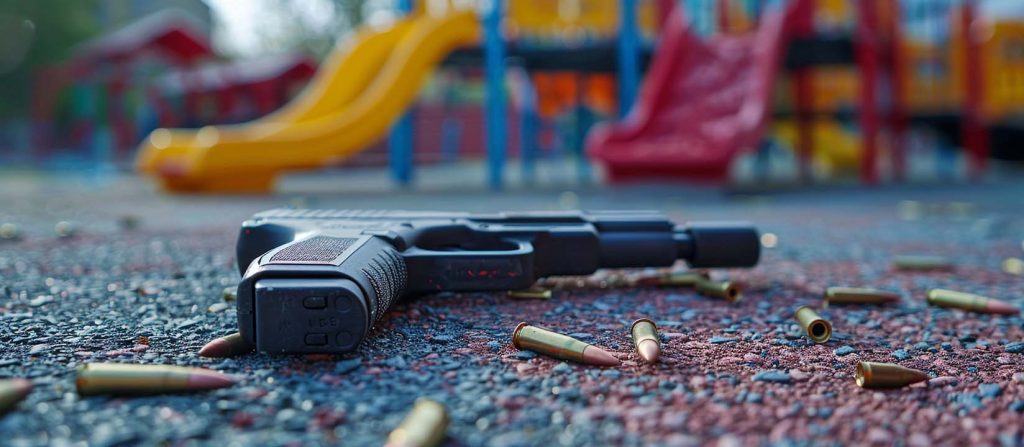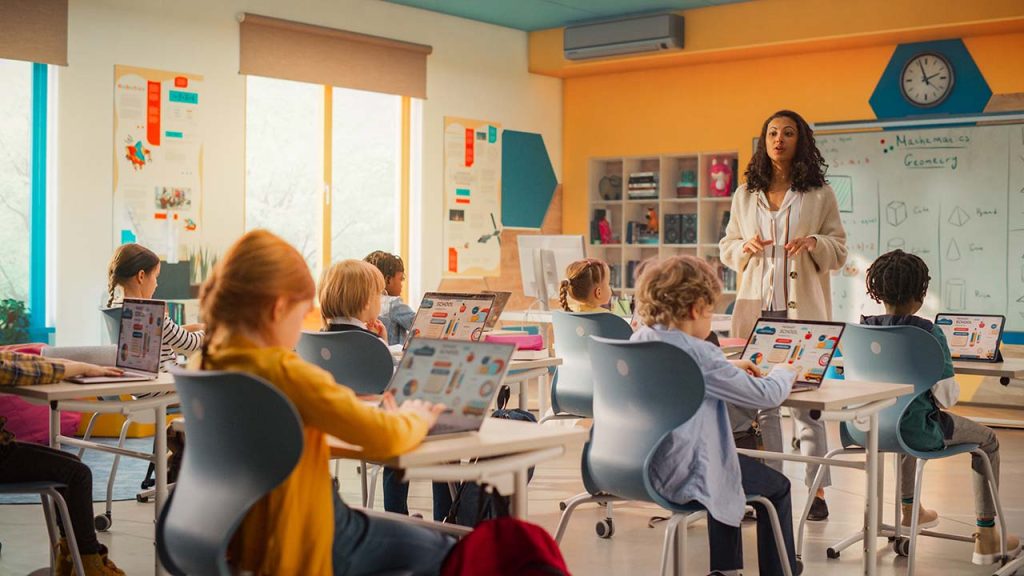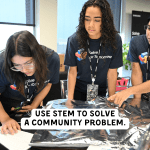

Unmasking Disruptive Behavior: The Reality That Not All Students Harbor Hidden Problems
In a recent article published in Educational Leadership Magazine, Carla Shalaby presents her perspective on the challenges schools face in dealing with student behavior issues, particularly in the context of an increasingly stressful and unsafe world. While her proposed solutions aim to create a safe, inclusive, and caring environment, they may overlook the impact of disruptive behavior on non-disruptive students Let’s delve deeper into the issue.
Carla Shalaby’s article underscores the difficulty teachers encounter when dealing with disruptive student behavior, a problem that can lead to educator burnout and attrition. She contends that student behavior is a reflection of broader societal and political issues, such as chronic stress, anxiety, and disillusionment. To address these challenges, Shalaby proposes five fundamental shifts in how educators approach building communities within and outside the classroom:
Transition from Teacher Authority to Community Responsibility:
Shalaby encourages educators to move away from traditional authoritarian roles and instead focus on fostering a sense of shared responsibility within the classroom community.
Shift from Rules and Policing to Mindful Teaching and Learning:
Instead of relying solely on punitive measures and rule enforcement, Shalaby advocates for a shift towards more mindful teaching and learning practices that address the root causes of disruptive behavior.
Prioritize Recognizing and Expressing Big Feelings Over Suppression:
Shalaby emphasizes the importance of acknowledging and addressing students’ emotions and feelings rather than suppressing them, as emotional regulation plays a significant role in behavior.
Replace Punishment with Accountability and Repair:
Shalaby advocates for moving away from punitive disciplinary actions and instead implementing strategies that promote accountability and encourage students to make amends for their actions.
Emphasize Care and Freedom Over Control:
Shalaby suggests fostering an environment where care and freedom take precedence over rigid control measures, allowing students to learn responsibility through autonomy.
While Shalaby’s proposals are aimed at creating a more nurturing educational environment, they neglect the needs and concerns of non-disruptive students. It is essential to acknowledge that the goal is not to exclude or neglect disruptive students, but to strike a balance between their needs and those of their peers.
It is unquestionable that every student is a valuable and worthwhile human being, deserving of support and guidance. However, excessively lenient approaches may leave non-disruptive students feeling neglected and their education consistently disrupted by the actions of a few disruptive individuals. Proponents of more restorative and therapeutic approaches will often accuse those not in alignment with their ideas as not caring about all students. In fact, the opposite is true. Those who advocate for lenient or less stringent approaches aimed at restoration and therapy in lieu of traditional discipline, are, in fact, discounting and ignoring the concerns of non disruptive students.
One common concern is that the removal of disruptive students from classrooms, either temporarily or permanently, is often viewed as a punitive measure. While this perspective has validity, it can also be seen as a means of ensuring that non-disruptive students have access to a conducive and orderly learning environment. Removing disruptive students from a classroom should not be viewed as abandonment but rather as an opportunity to address their unique needs and challenges while safeguarding the education of their peers.
Moreover, it is crucial to recognize that not all disruptive behavior is a result of chronic stress, anxiety, or disillusionment. Some students may exhibit disruptive behaviors due to various underlying issues that require specialized attention. Shalaby’s approach does not dismiss the importance of addressing these underlying issues, but it does not adequately consider the impact on the broader student population.
To address these concerns and find a balanced approach, schools and educators should consider a multi-faceted strategy:
- Early Intervention and Support: Identifying and addressing the root causes of disruptive behavior at an early stage can prevent the escalation of issues. Schools should invest in counseling and support services to help students facing emotional and psychological challenges.
- Individualized Plans: Each student is unique, and disruptive behavior may require individualized intervention plans that cater to their specific needs. This approach ensures that disruptive students receive the necessary support while minimizing disruption to their peers.
- Restorative Justice Practices: Restorative justice practices, as proposed by Shalaby, can be valuable in addressing disruptive behavior. These practices promote accountability, empathy, and conflict resolution, allowing students to understand the consequences of their actions while fostering a sense of community.
- Teacher Training: Teachers should receive comprehensive training in classroom management and behavioral intervention strategies. Equipping educators with the tools to address disruptive behavior effectively is essential for maintaining a positive learning environment.
- Parental Involvement: Collaboration with parents and guardians is vital in addressing disruptive behavior. Schools should engage families in understanding and addressing the challenges their children face, fostering a support network that extends beyond the classroom.
This is not rocket-science. Nothing here is new. Any attempt at addressing student behavior over the last 25 years will look very much like this. So, the question that remains is: What should be our approach when, despite all the well-intentioned interventions, some students still exhibit disruptive behavior without underlying stress, anxiety, or other issues? In the realm of modern K-12 discipline theories, there’s often an assumption that there must be a deeper underlying cause for such behavior. While this may indeed be the case for many students, it’s important to recognize that there are instances where students are simply acting their age, testing boundaries, and attempting to push the limits of what is permissible.
In these situations, students may engage in conferences with adults, not out of genuine introspection or a desire to address underlying issues, but rather to expediently conclude the interaction and leave the room. This behavior can be a natural part of growing up, as young individuals navigate their way through social and behavioral norms. It’s crucial for educators and disciplinary systems to differentiate between cases where a more comprehensive intervention is required and those where a lighter touch and age-appropriate guidance may be sufficient.
While it’s important to remain attentive to the potential hidden factors contributing to disruptive behavior, a balanced approach also includes recognizing that part of a student’s development involves testing boundaries and learning from the consequences of their actions. Encouraging open communication and fostering a positive learning environment where students understand the expectations and consequences is essential.
In these cases, educators and school administrators should consider strategies that strike a balance between accountability and understanding. This might involve age-appropriate discussions, emphasizing the importance of responsible behavior, and providing opportunities for students to reflect on their actions in a constructive manner. It’s important to remember that not all disruptive behavior is a result of deep-seated issues, and sometimes, students need guidance and boundaries to develop into responsible, well-adjusted individuals.
The goal of creating a safe, inclusive, and caring educational environment is shared by all stakeholders. Carla Shalaby’s proposals provide valuable insights into addressing disruptive behavior by considering the underlying causes and promoting a sense of community. However, striking a balance that ensures non-disruptive students receive an uninterrupted education.
To achieve this balance, schools and educators must adopt a holistic approach that combines restorative practices, individualized intervention plans, teacher training, and early intervention, all while engaging parents and guardians as active partners in their children’s education. And yes, old-fashioned discipline when necessary. By doing so, we can create an educational ecosystem that supports the needs of all students, ensuring they have the opportunity to thrive academically and emotionally.
Dig Deeper With Our Longreads
Newsletter Sign up to get our best longform features, investigations, and thought-provoking essays, in your inbox every Sunday.
The MEN was founded by John Huber in the fall of 2020. It was founded to provide a platform for expert opinion and commentary on current issues that directly or indirectly affect education. All opinions are valued and accepted providing they are expressed in a professional manner. The Maryland Education Network consists of Blogs, Videos, and other interaction among the K-12 community.









